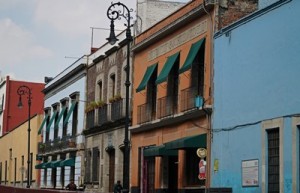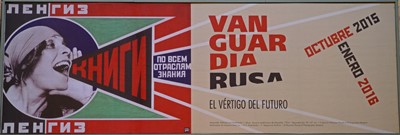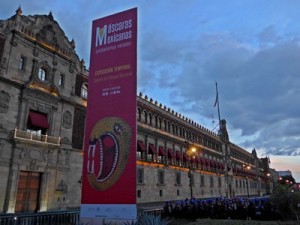 |
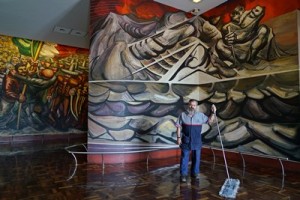 |
I was in Mexico City for a few days in 1980 and other parts of the country twice between 2001 and 2006 while working in New York. I have faint memories of Mexico City as I spent most of my time visiting Aztec ruins outside Mexico City. This time, I decide to take a good look at Mexico City today.Mexico
With an area of almost 2 million square kilometres, Mexico is rich in natural resources, history and culture. Today, it has one of the world’s largest and most diversified economies, with abundant oil and silver. The Olmec, Toltec, Teotihuacan, Zapotec, Maya and Aztec with rich civilisations had inhabited in the area long before the arrival of the Europeans. Spaniards conquered and colonised the New World in 1521 and administered New Spain from what is now Mexico City.
The Mexican Revolution succeeded overthrowing the colonial master in 1910 and a constitution was promulgated in 1917. Mexico, despite political instability and problems since independence, has made remarkable stride as a nation. It hosted the Olympic Games in 1968 and has weathered political and economic ups and downs emerging as the most developed Latin American country with a GDP of $1,282.7 billion (nominal) and 1,926.6 billion (purchasing power parity PPP) in 2014. It is the eleventh largest GDP by PPP and may emerge as the world’s fifth or seven largest economy by 2050. Income disparity however remains a serious problem with 17% of the population still living below the country’s own poverty line.
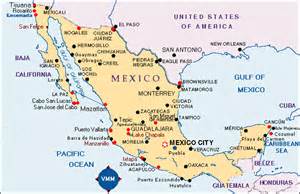 |
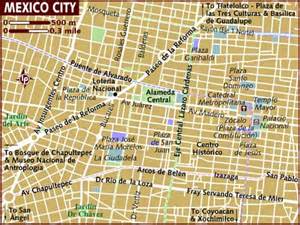 |
Almost four hundred years’ of Spanish and European influence have further enriched its cultural heritage. With a population of 120 million, Mexico is the most populous Spanish-speaking country in the world. It boasts 33 World Heritage Sites (27 Cultural, 5 Natural and 1 Mixed Heritage Sites). Its nautral and cultural attractions draw over 20 million international arrivals a year making tourism the fourth largest source foreign exchange for the country.
October 31 Friday: Phoenix, Arizona (GMT-7) – Mexico City, Mexico (GMT-6)
I left Phoenix after 10am, had a scenic flight for the first part of the flight. I could see the Sonoran Desert, the fenced border between Arizona and Mexico and the expansive arid land below.
Upon arrival after 1 pm, I discovered the airport downtown bus which costs only 30 peso would take me almost to my hostel – Casa San Ildefonso which is close to the Metropolitan Cathedral and Zócale in the Historic Center! A perfect start of my discovery tour!
Mexico City Today
Located at an altitude of 2,240m, Mexico City is the capital as well as the cultural, financial and educational centre of Mexico. Originally built on an island of Lake Texcoco by the Aztecs in 1325 as Tenochtitlan, the city was almost completely destroyed by the Spanish colonisers in 1521. From 1585, the municipality of Mexico City was officially known as Mexico City.
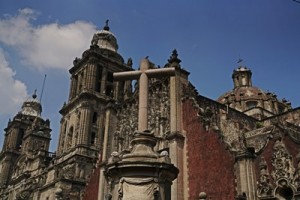 |
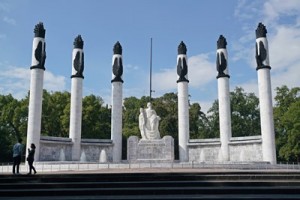 |
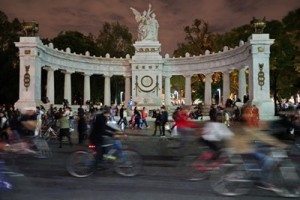 |
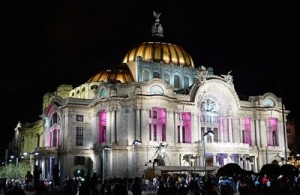 |
The Historic Centre is focused on Zócalo, the largest plaza in Latin America that can hold up 100,000 people, extending in all directions for a number of blocks, with its farthest extent being west to the Alameda Central (a city park). This section of the city has just over nine square kilometre occupying 668 blocks. It contains 9,000 buildings, 1,550 of which have been declared of historical importance. Most of these historic buildings were constructed between the 16th and 20th centuries.
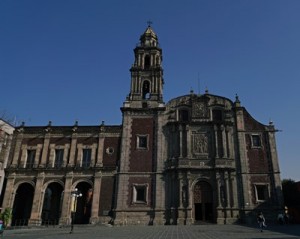 |
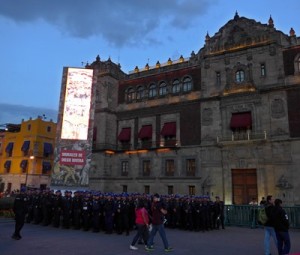 |
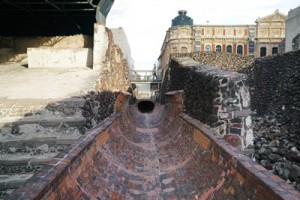 The City is divided into two zones for preservation purposes. Zone A encompasses the pre-Hispanic city and its expansion from the Viceroy period until Independence. Zone B covers the areas all other constructions to the end of the 19th century that are considered indispensable to the preservation of the area’s architectural and cultural heritage. This is where the Spaniards began to build what is now modern Mexico City in the 16th century on the ruins of the conquered Tenochtitlan, capital of the Aztec Empire.
The City is divided into two zones for preservation purposes. Zone A encompasses the pre-Hispanic city and its expansion from the Viceroy period until Independence. Zone B covers the areas all other constructions to the end of the 19th century that are considered indispensable to the preservation of the area’s architectural and cultural heritage. This is where the Spaniards began to build what is now modern Mexico City in the 16th century on the ruins of the conquered Tenochtitlan, capital of the Aztec Empire.
As the center of the ancient Aztec Empire and the seat of power for the Spanish colony of New Spain, the Historic Centre contains most of the city’s historic sites from both eras as well as a large number of museums. Today, the greater Mexico City has a population of over 20 million and a GDP of $411 billion (2011). It boasts three World Heritage Sites namely the Historic Centre of Mexico City andXochimilco, Central University City Campus of the National University of Mexico (UNAM) and Luis Barragán House and Studio, some 160 museums, 100 galleries, 30 concert halls and many theatres. Its 225-km metro system with 12 lines transport some 5 million people a day.
What have I done in 96 hours?
Mexico City is a vibrant and enchanting metropolis where I can happily spend a couple of weeks. I had a busy yet blissful time especially after my dull stay in Phoenix.
(a) 45 hours in Casa San Ildefonso. I find a monastic and peaceful feel about this hostal which has three lovely lush green courtyards, a cage with dozen of birds and no traffic noise. The rooms are basic and sparely furnished. I paid 300 peso for a bed in a dorm as all single rooms were taken. But at the end, I had a room with attached shower and toilet by myself (as the other bed remained unoccupied)! I enjoy sitting in the cozy living room overlooking the courtyard reading and working on my travel notes.
(b) 12 hours in five museums from November 1 to 4. I was impressed by the high standard of museums during my visit in 1980. There are too many museums and galleries to visit. I have time only for a few.
-
Palacio de Belles Artes with a special exhibition “Avant Garde Days in Russia”
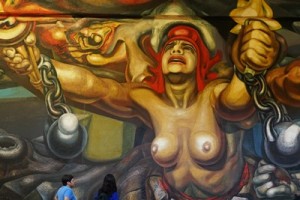 |
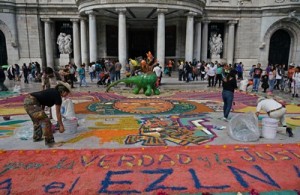 |
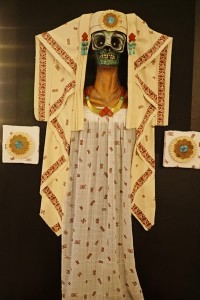 |
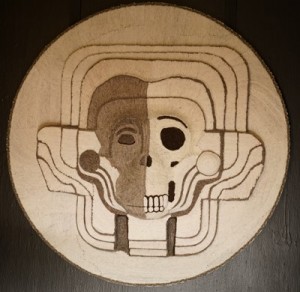 |
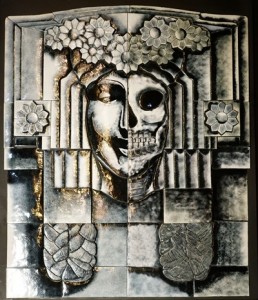 |
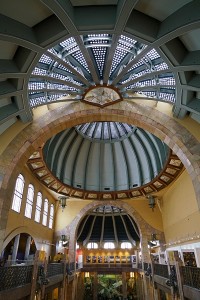 |
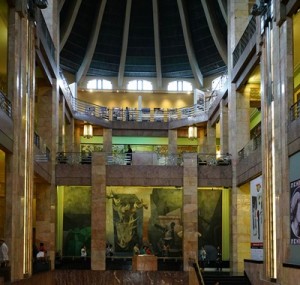 |
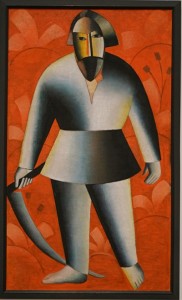 |
-
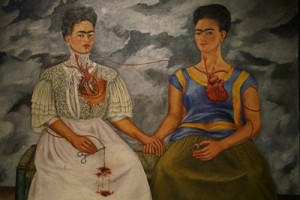 Frida Kahlo (1907-1954) Museum (the Blue House). A surrealist painter best known for her self-portraits, Frida has been celebrated in Mexico as emblematic of national and indigenous tradition and by feminists for its uncompromising depiction of female experience and form. Married to Diego Rivera, a famous Mexican artist, she attained her place in the art world on her own right. Despite her lifelong health problems, she moved on and was most resilient. I paid 120 peso for the ticket to her museum which includes entrance to Diego Rivera-Anahuacalli Museum as well. I discovered this too late and had no time to go. What a pity!
Frida Kahlo (1907-1954) Museum (the Blue House). A surrealist painter best known for her self-portraits, Frida has been celebrated in Mexico as emblematic of national and indigenous tradition and by feminists for its uncompromising depiction of female experience and form. Married to Diego Rivera, a famous Mexican artist, she attained her place in the art world on her own right. Despite her lifelong health problems, she moved on and was most resilient. I paid 120 peso for the ticket to her museum which includes entrance to Diego Rivera-Anahuacalli Museum as well. I discovered this too late and had no time to go. What a pity! -
Chapultepec Castle the only royal castle in North America built between 1785 and 1863 in the Chapultecpec Park, the capital’s largest oasis with an area of 1,600 acres. It was the residence of the Mexican Emperor Maximilian I and his consort Empress Carlota (I visited their castle in Trieste in Italy on November 16). The architectural style is an elegant mix of Neo-Romanticism, Neoclassical and Neo-Gothic with beautiful interior decoration (not excessively sumptuous and lavish). Today, it houses the National History Museum and many visitors come for the beautiful panoramic views of the capital and a leisure stroll in the park.
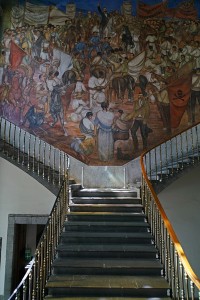 |
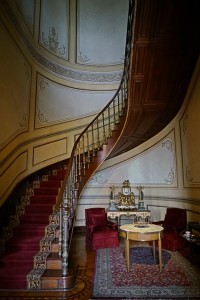 |
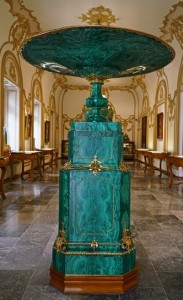 |
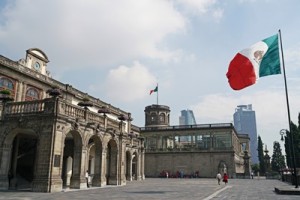 |
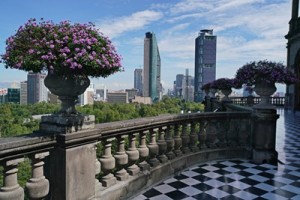 |
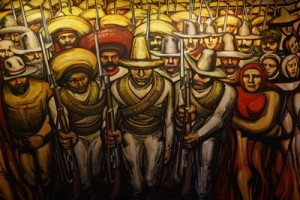 |
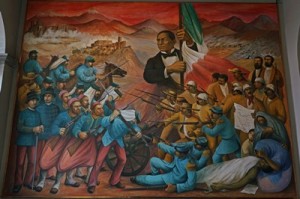 |
-
 Modern Art Museum (also located in the Park) has four special exhibitions. As the ones on cinema and writers are all in Spanish, I cannot fully appreciate their significance. But the exhibitions on photography by Lee Miller (1907-1977), an American surrealist photographer and 30 years of ceramic works by Francisco Toledo (born 1940) are outstanding.
Modern Art Museum (also located in the Park) has four special exhibitions. As the ones on cinema and writers are all in Spanish, I cannot fully appreciate their significance. But the exhibitions on photography by Lee Miller (1907-1977), an American surrealist photographer and 30 years of ceramic works by Francisco Toledo (born 1940) are outstanding.
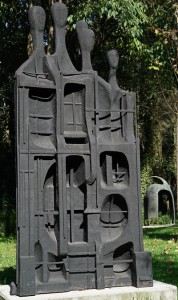 |
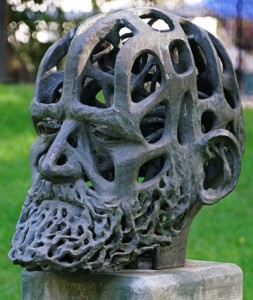 |
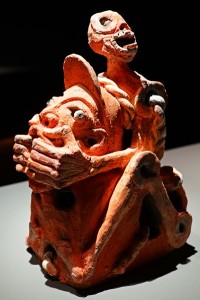 |
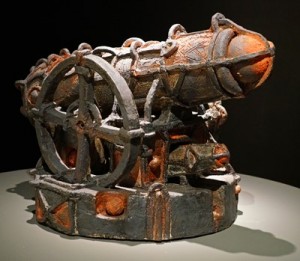 |
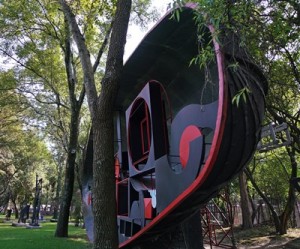 |
-
Museo Templo Mayor. The archaeological site which is very impressive was discovered during the construction of the metro system in 1978. A new museum showing the artifacts and the pre-Hispanic civilisations is remarkable and well-designed. I watched a lovely sunset from the ruins.
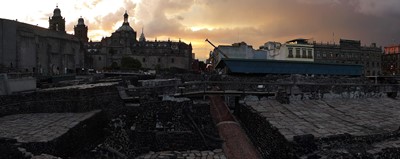 |
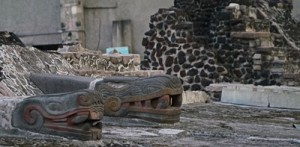 |
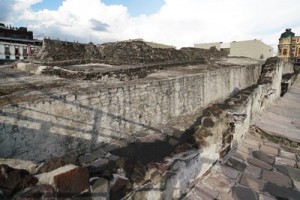 |
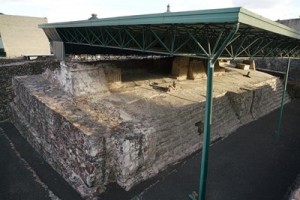 |
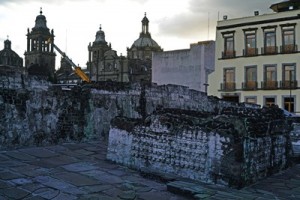 |
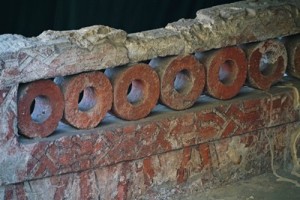 |
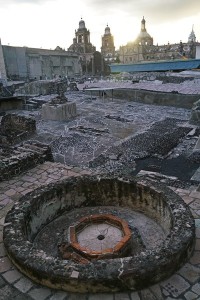 |
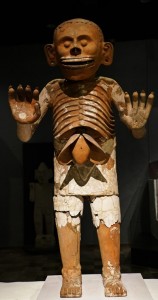 |
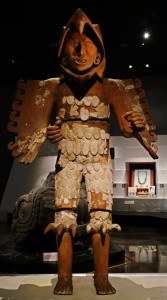 |
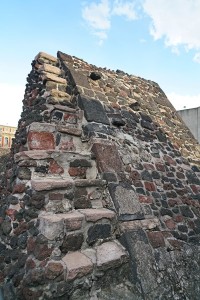 |
-
Palacio de Iturbide with a temporary exhibition “Javier Marin en Terra (clay)” at the sumptuous palace built by Iturbide at Madero 17.
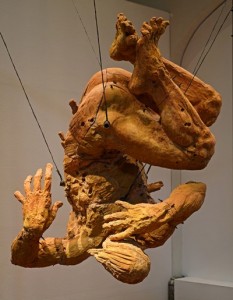 |
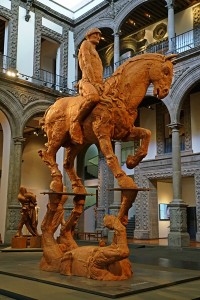 |
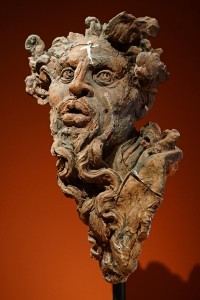 |
(c) Over 10 hours strolling and people watching in the Historic Center. Mexico celebrates the Day of the Dead on November 1 and 2. But festivities began at Friday October 31. Locals thronged through the main throughway of the Historic Centre from Zócale and Madero (the main street) to Palacio de Bellas Artes and the Alameda. Altars with offerings, skulls, photos and colourful paper cuttings were set up in buildings and open space. Many locals had their faces painted or wore a mask. Some ladies and girls wore black and purple, the colours for mourning while many, both men and women, had fanciful costumes. It is a carnival and very unique festival!
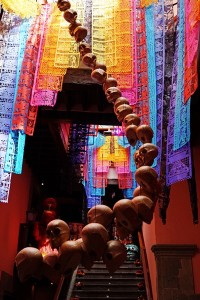 |
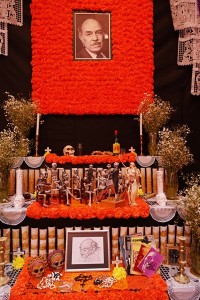 |
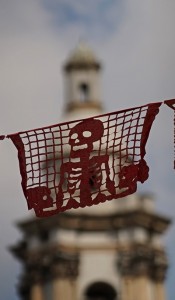 |
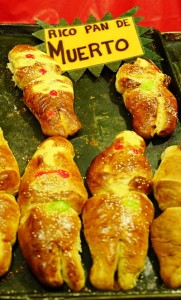 |
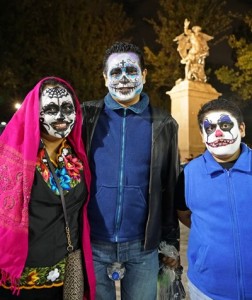 |
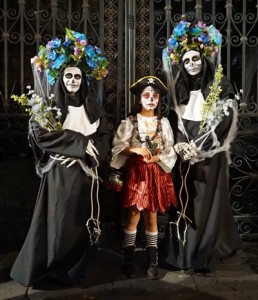 |
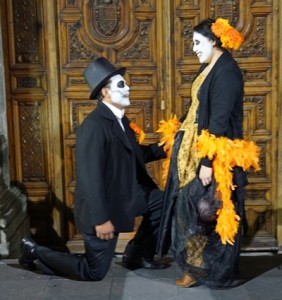 |
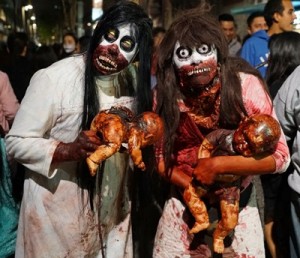 |
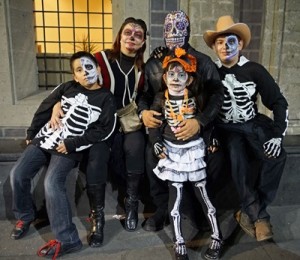 |
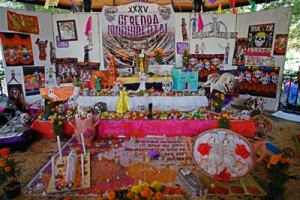 |
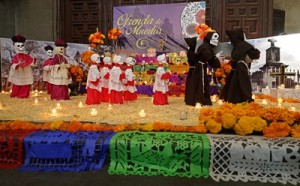 |
(d) Five hours in Coyoacan. I was told the evening celebrations for the dead in the cemetery in Mixquic, a small town south of Mexico City are spectacular. But as it is far to go by public transportation, I was advised to to go to the cemetery in Coyoacan instead. But when I arrived at the gate at 7pm on November 1, I found it closed. Rosa Maria and Enrique (a retired doctor) who were also at the gate then took me on a guided tour to see the celebrations in Coyoacan. The main square and the streets were packed with children, young people and families. There are dozens of street food stalls and eateries. I took many photos of the street food stalls!
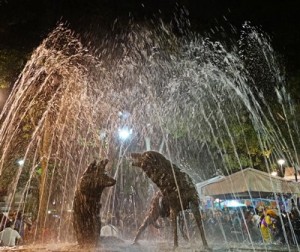 |
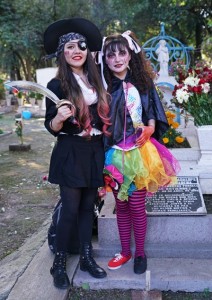 |
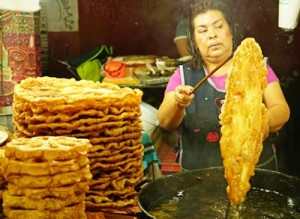 |
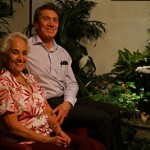 They invited me to their beautiful house with a large garden and a fountain in the sitting room. We talked enthusiastically about plants for half an hour! They gave me a lift to a metro station where I could take a direct line back to Zócale. I returned on November 2 and walked through the small cemetery watching people coming in with flowers or playing music for the dead. I find certain similarities with our grave sweeping customs in the spring and autumn. But there, it is jolly with a carnival atmosphere.
They invited me to their beautiful house with a large garden and a fountain in the sitting room. We talked enthusiastically about plants for half an hour! They gave me a lift to a metro station where I could take a direct line back to Zócale. I returned on November 2 and walked through the small cemetery watching people coming in with flowers or playing music for the dead. I find certain similarities with our grave sweeping customs in the spring and autumn. But there, it is jolly with a carnival atmosphere.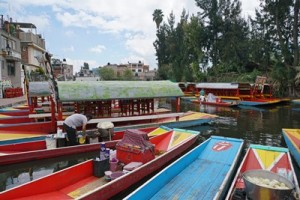
(e) Four hours in Xochimilco. Established on the southern shore of Lake Xochimilco in the pre-Hispanic period, it is best known for its canals (170km long) and artificial islands called ‘chinampas‘. This area has attracted tourists and locals who ride on colourful gondola-like boats called ‘trajineras‘. The canal and chinampas system, as a vestige of the area’s pre-Hispanic past has made Xochimilco a World Heritage Site. I was here with a Sunday tour in 1980 which I found similar to the floating market in Bangkok.
This time, I took the metro and light rail to see what it is like today. I am sad to find excessive touristic development and general degradation of the environment. As I did not want to pay 300-350 peso for an hour’s boat ride, I headed to its historic and social centre of the town to see the San Bernardino de Siena monastery built in the sixteenth century with an oversized atrium. The interior of the church contains a rare sixteenth century altarpiece in Plateresque style with no column or other such support.
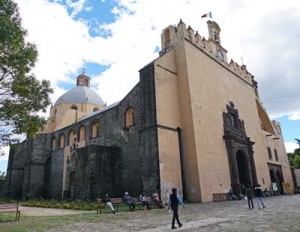 |
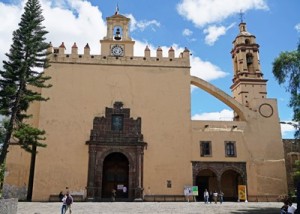 |
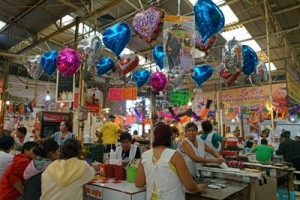 |
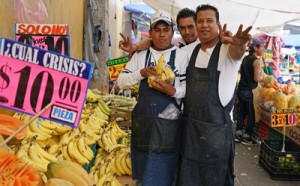 |
Close by is a large sprawling market with hundreds of stalls selling flowers, fresh produce, poultry, meat, fruits, clothes, shoes etc. There is a section where vendors make fresh tortilla (10 peso for a kilo). The section with dozens of cooked food stalls are most lively with colourful decorations for the Day of the Dead!
(f) Three hours finding my way to and around the Central University City Campus. Built in 1950s and designed by architects Mario Pani and Enrique del Moral, it encloses the Olympic Stadium, about 40 faculties and institutes, the Cultural Center, an ecological reserve, the Central Library and a few museums. Although different in style, gardens and volcanic rock are a common theme across all buildings. The university’s most iconic building is the Central Library which is covered on all sides by Juan O’Gorman‘s murals based on Aztec and Spanish motifs and the university’s coat of arms. David Alfaro Siqueiros painted a mural for the Rectorate Tower. At the time of its completion in 1954 at a cost of approximately $25 million, it was the largest single construction project in Mexico since the Aztecs.
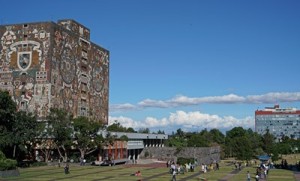 |
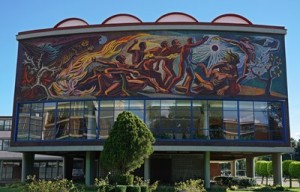 |
It has been included in the World Heritage List as an ingenious example of urban architectural design, Mexican traditions and art work. I am unable to appreciate its uniqueness which has qualified it as a World Heritage property. Nonetheless, I can see the students have a good time as I have seen many of them lying on the grass or walking their dogs.
(g) Two hours at a Sunday Mass at the Metropolitan Cathedral on the Day of the Dead. Grand setting and interesting experience though I am not a Catholic nor do I understand Spanish.
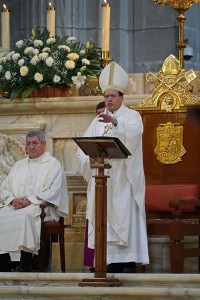 |
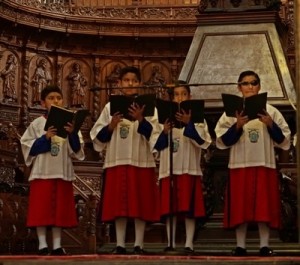 |
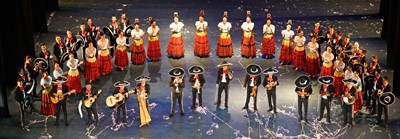 (h) Two hours at Palacio de Bellas Artes enjoying the fantastic Ballet Folklorico de Mexico on October 31. I got a cheap ticket (350 peso). The show is so good that one should pay the best seats (800-900 peso).
(h) Two hours at Palacio de Bellas Artes enjoying the fantastic Ballet Folklorico de Mexico on October 31. I got a cheap ticket (350 peso). The show is so good that one should pay the best seats (800-900 peso).
(i) Many hours on buses and metro. I only spent 117 peso on public transportation for 5 days. The system is cheap and works well though not as good as Hong Kong’s MTR. But it is definitely better than those in New York.
Above all, I tried delicious street food and ate a couple times in local eateries.
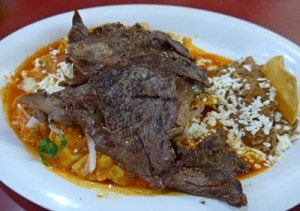 |
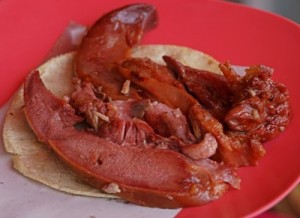 |
Remarks
Mexico had made a giant step forward since my first visit in 1980. I am glad to see visible improvements and many happy faces when walking aimlessly in the city. Of course I have come across some drunk people lying in the street near the hostal and met a few asking me for money. The next day after the festival, two different groups of protesters returned to Zócaloto protest and were under the surveillance of armed police force nearby. Income inequality, poverty, drug and crime are also posing serious challenges for the government. But it is important to recognise the country’s remarkable achievements especially compared with other Central and South American countries.
I have been lucky to arrive during the Day of the Dead, have a fun time and make new friends. I am glad to see several outstanding exhibitions on the works of Lee Miller, Francisco Toledo, Javier Marlin and Frida Kahlo.
I know I shall return to Mexico again as I have a long list of things to do. I love to watching the spectacular annual migration of Monarch Butterflies and to visit the remaining 27 World Heritage Sites. But next time, I must spend one to two months in Mexico!


